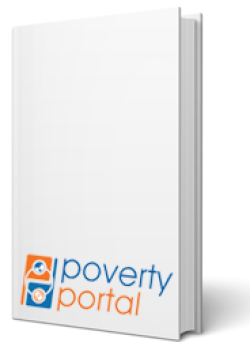Global Poverty and the New Bottom Billion
What if Three-Quarters of the World’s Poor Live in Middle-Income Countries
Author : Sumner, A.
Publisher: Institute of Development Studies
Place of Publish: United Kingdom
Year: 2010
Acc. No: 423-S
Category: Soft Documents
Type of Resource: Poverty reduction strategy, Social development, Human poverty, Inequality
ISBN: English
This paper argues that the global poverty problem has changed because most of the
world's poor no longer live in poor countries meaning low-income countries (LICs).
In the past poverty has been viewed as an LIC issue predominantly, nowadays such
simplistic assumptions/classifications can be misleading because a number of the
large countries that have graduated into the MIC category still have large number of
poor people. In 1990, we estimate that 93 per cent of the world's poor people lived in
LICs. In contrast, in 2007 8 we estimate that three-quarters of the world's
approximately 1.3bn poor people now live in middle-income countries (MICs) and
only about a quarter of the world's poor - about 370mn people live in the remaining
39 low-income countries, which are largely in sub-Saharan Africa.
This is then a startling change over two decades. It implies there is a new ‘bottom
billion' who do not live in fragile and conflict-affected states but largely in stable,
middle-income countries. Further, such global patterns are evident across monetary,
nutritional, and multi-dimensional poverty measures. In reaching this conclusion, the
paper: discusses the origin and current definitions of the low/middle/upper income
classification; relates these classifications to International Development Association
(IDA) eligibility/allocation thresholds; summarises the definition of ‘fragile and
conflict-affected states' (FCAS); makes preliminary estimates for 2007 8 and the
number of poor people in each income and fragility category; makes an approximate
estimation of the changes in these numbers over the last 20 years; and compares the
global distribution of the poor by measures of monetary, educational, nutritional and
multi-dimensional poverty.

